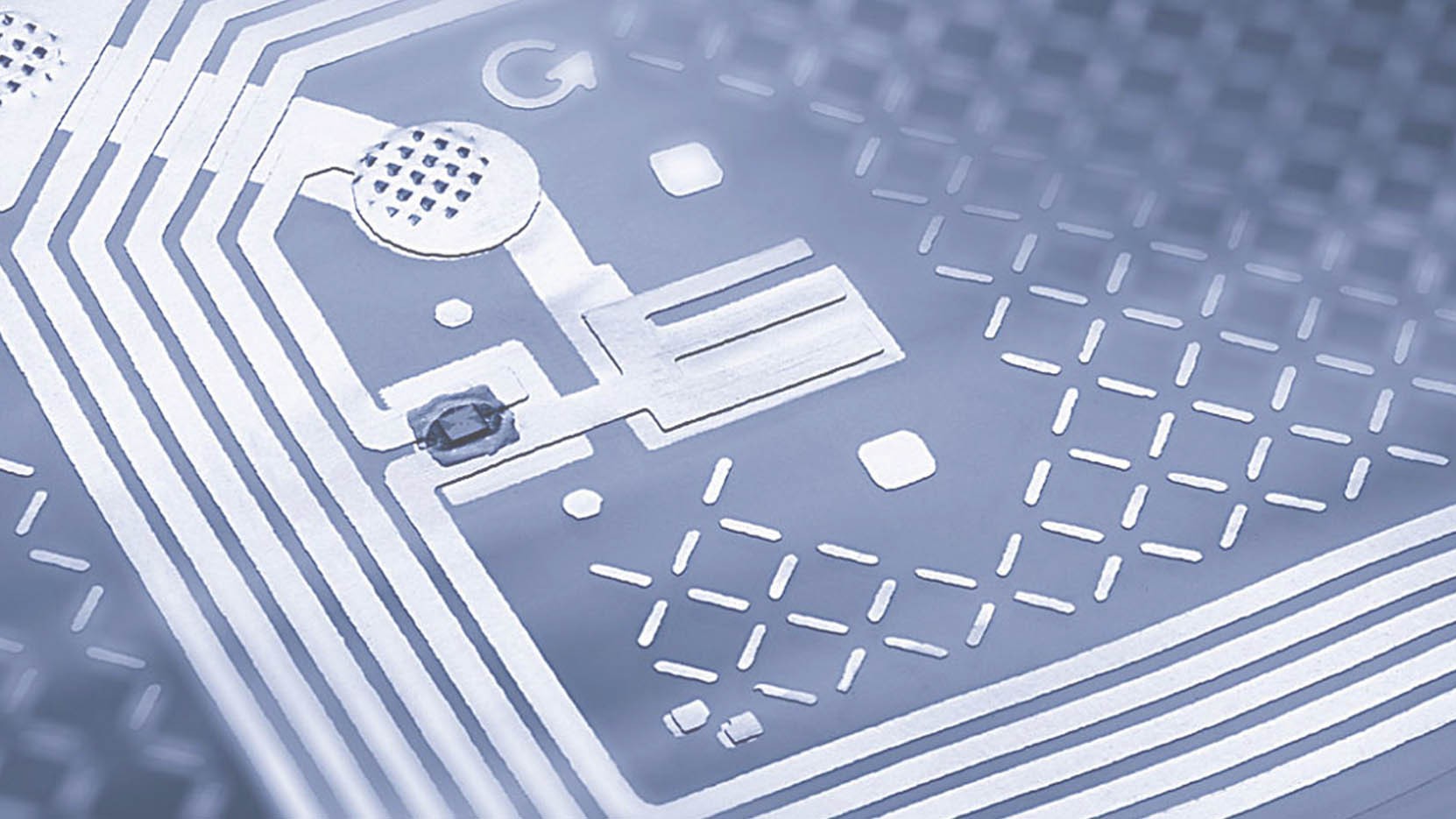Since their invention in 1994, QR codes have found widespread use across multiple industries. The shipping industry, restaurants, and even guerilla marketing projects have found use thanks to how easy it is to create and use them.
Healthcare is another one of those industries. Patients and healthcare providers have benefitted from QR codes’ ability to quickly and easily transmit information. Medical groups also like how painless it is to integrate them into pre-existing workflows.
In today’s article, we cover more about QR codes and how they’re used throughout the medical sector.
What is a QR code?
Article Guide
QR (Quick Response) codes are 2D barcodes that store information as a series of black or white pixels within a square-shaped grid. When a digital device with the right program scans the QR code, it delivers that information to the device.
QR codes were initially developed by the Japanese company Denso Wave, a subsidiary of Toyota, in 1994. They were created to track vehicles and parts more accurately than conventional barcodes.
A standard barcode can only be read in one direction, from top to bottom, and can only store a limited amount of information. QR codes are read in two directions, from top to bottom and left to right. This allows them to store far more data. In fact, a QR code can store website URLs, phone numbers, or up to 4,000 characters of text.
This depth of information has made QR codes wildly popular in multiple industries. While still widely used in logistics and shipping as initially intended, QR codes are also commonly seen in consumer-facing businesses. This is because modern smartphones come with built-in QR scanners, making them an easy way to deliver information to customers.
For example, rather than having to print menus and have them laminated, a restaurant can simply print a QR code and place it on the table. Customers can scan the code with their phone and load the menu from there.
How can QR codes be used in healthcare?
In the healthcare sector, QR codes have a role to play in both patient-facing applications and internal management.
QR Codes for Healthcare Providers
QR codes can easily be implemented in the same way barcodes are used for tracking medication, supplies of consumable items, and more. This helps hospitals and clinics manage inventory and track who is given what.
Because QR codes can contain more information than simple barcodes, they can also be more precise about the exact chemical composition of a patient’s medicine, for example. QR code generators are easily accessible from any medical-grade tablet or computer, letting providers create and print codes on the go.
QR Codes for Patients
An estimated 85% of all Americans own a smartphone, all of which are capable of scanning QR codes. That fact alone should be an argument for using them to engage with patients. For example, clinics can generate and print codes and place them in a waiting room. Patients can then scan these codes with their phones and load digital resources on various topics, such as seasonal health concerns or answers to frequently asked questions. Patients can also be issued ID cards with QR codes to expedite the check-in process, scanning them at a patient kiosk to alert providers that they’ve arrived.
Providers can also prepare QR codes that link to educational materials related to a patient’s condition or reason for visiting. This can help make them more engaged with their own treatment.
Lastly, because QR codes can be generated easily, they require minimal time to create and can be included in pre-existing procedures. Given how much people already use their smartphones, there’s little reason not to reach them in a format they are already comfortable with.
Closing Thoughts
The beauty of implementing QR codes for healthcare is that much of the technology needed to implement them already exists. Medical-grade computers with scanners are already available, and almost every patient already has a phone capable of reading codes. This means using QR codes requires virtually no investment or changes in procedure.
If you’d like to explore medical-grade computers with integrated scanners, contact the team at Cybernet Manufacturing. We’d happily explain how our computers can coordinate with QR code scanners, printers, and more.
Join the conversation and connect with us on this and other relevant topics – Follow us on Facebook, Twitter, and LinkedIn.
How RFID Technology Delivers A Better Healthcare Experience
November 15, 2023
A hospital comprises an extensive system with numerous dynamic elements, including patients, healthcare providers, and medical equipment. Managing and ensuring the readiness of the staff and tools for patient care…
0 Comments11 Minutes
You Can't
Learn from a Pop-up
But we can deliver knowledge to your inbox!
We dive deep in the industry looking for new trends, technology, news, and updates. We're happy to share them with you.
Knowledge, News, and Industry Updates Right in Your Inbox



